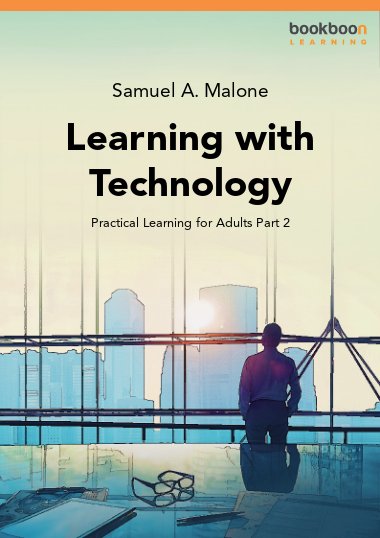This is the second e-book on practical learning for adults. E-learning has proved to be an efficient and cost effective method of learning on-line. Social media like Facebook and YouTube provide internet tools facilitating and enhancing the sharing of information and learning between users. MOOCs (massive open on-line courses) will democratise education. For a growing number of companies, the way to help employees to keep up-to-date is social media – collaborative, just-in-time, relevant and presented in a workplace context. Benefits include: increased productivity and the sharing of expertise and knowledge.
About the author
Samuel A Malone is a self-employed training consultant, lecturer and author. He is the author of 21 books published in Ireland, the UK and abroad on learning, personal development, study skills and business management. Some of his books have gone into foreign translations and second editions. He has an M.Ed. with distinction (in training and development) from the University of Sheffield and is a qualified Chartered Management Accountant (ACMA), Chartered Global Management Accountant (CGMA) and a Chartered Secretary (ACIS). He is a fellow of the Irish Institute of Training and Development (FIITD).

